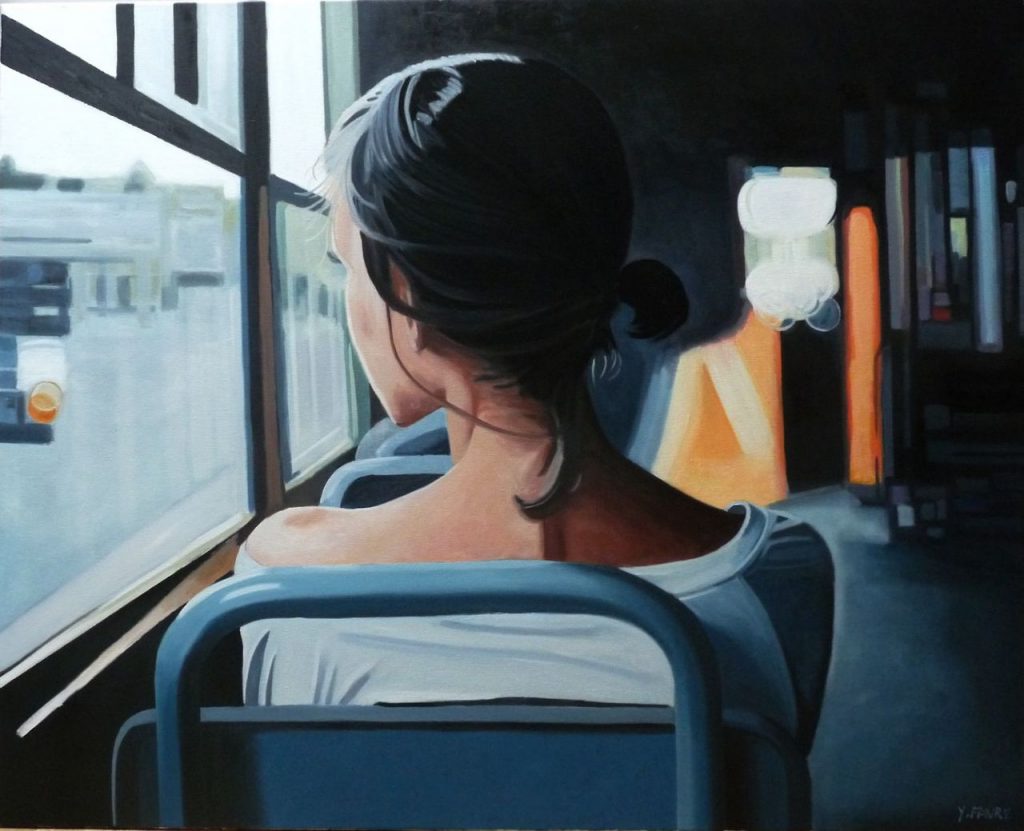This week was an interesting week, as rather than work through specific activities we ended up discussing what it was we wanted to work on for the rest of the term, which certainly was a very interesting experience. I guess its rare for a teacher to ask you – “what do you want to learn about?”.
Essentially Robin got each of us to tell him what we would like to focus on for the rest of the semester, or what we were enjoying and from that he could gather a deeper understanding of what the class collectively was interested in exploring next.
Lots of people had plenty of good ideas about what to do, a few people suggesting we attempt to recreate a shot we liked, in order to learn from it – which I am really interested in doing and thus said that very thing. Others suggested they wanted to create something they felt was worthy of a ‘showreel’ – though I guess thats a big ask from a studio, but I certainly would love to create a piece of work which I am that proud of. Some people wanted to do things that were a bit more radical, such as explore more ‘abstract or artistic’ lighting, such as the use of coloured gels to light a scene. Or to explore how different genres utilise different lighting setups, which of course would be dramatically different depending on the genre, as ever genre has their own rules. It’d be interesting to see how something would never be done in a certain genre, but would be pushed to the extreme in another genre.
From that we somewhat deduced a plan for the rest of the studio which essentially involves us getting into groups and filming a small scene of whatever we wanted, leaving it up to us to choose. I’m in the same group as I have been for most of the semester – minus a few of the usual suspects – and am pretty excited to see what we come up with.
Until next time,
Louise Wilson


Recent Comments